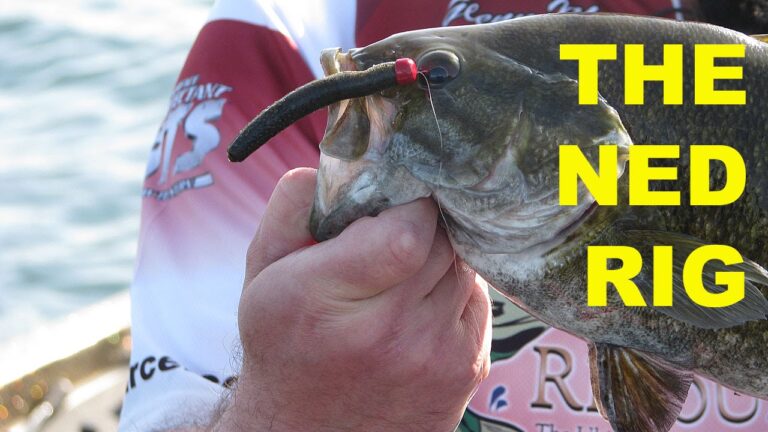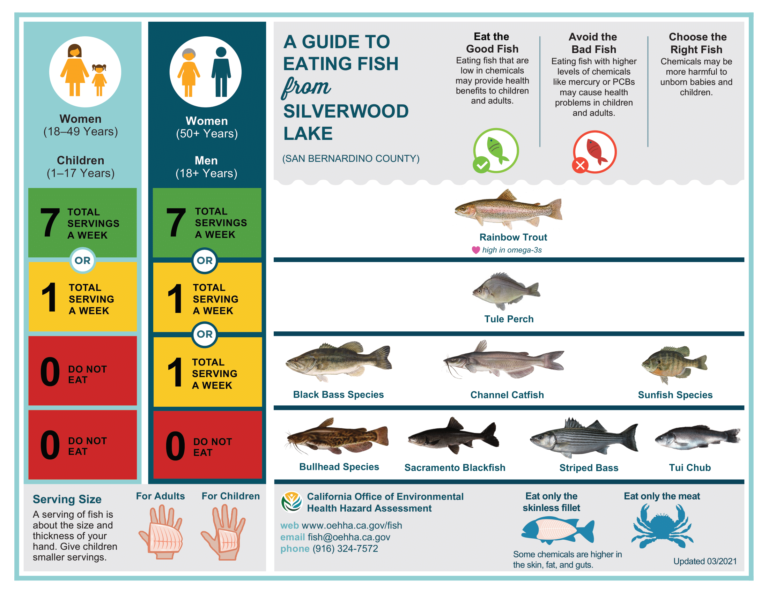How to Fish a Fluke for Bass

To fish a fluke for bass, cast near cover and use a twitch-pause retrieve method. Mimic wounded baitfish with erratic jerks followed by stillness.
Fishing with a fluke, a type of soft plastic lure, is an effective and exciting technique for catching bass. Targeting these predatory fish requires an understanding of their habits and environments. Fluke fishing excels because it can trigger strikes from bass by resembling an injured baitfish – a primary food source.
Anglers cast these lures near structures like weed beds, docks, or submerged trees where bass often hunt. By employing a series of rhythmic twitches, the fluke darts and glides through the water, capturing a bass’s attention. The pauses between movements are critical; they allow the bass to catch up and bite. Mastering the fluke fishing method can significantly enhance an angler’s success rate, as it combines the lure’s innate appeal with skillful presentation.

Credit: m.youtube.com
Priming For The Perfect Cast
Perfecting your cast starts with selecting the ideal gear. Choose fluke lures based on three key factors. The size of the fluke should match the bass you aim to catch. Bass often go after prey of similar sizes, so use bigger flukes for larger bass.
The color of your lure plays a crucial role in visibility. Use colors that stand out in your fishing environment. Bright colors are best in murky waters, while natural tones work well in clear conditions. Match the hatch for the best results.
Action is how the fluke moves in water. A realistic action tempts bass to strike. Test different styles to see what the fish prefer. Some days, they’ll want a lively jig; other times, a steady glide works better.

Credit: krakenbass.com
Scouting Ideal Locations
Scouting ideal locations is crucial for fishing flukes for bass. To identify bass habitats, observe the environment. Look for structures like logs and rocks. Bass love hiding near these. They also enjoy shaded areas. Scan for submerged vegetation. This is where bass often hunt.
Analyzing water conditions is key. Clear water requires a stealth approach. Use natural fluke colors here. In murky waters, choose brighter colors. They grab the bass’s attention. Also, note the water temperature. Bass are more active in warmer conditions. They will strike a fluke more aggressively then.
Mastering The Technique
Mastering the art of casting for bass is crucial for success with a fluke. A smooth, stealthy cast will position the lure without startling the fish. As you cast, aim for structure points like submerged logs or weed lines where bass hide. Accuracy is key, ensuring the fluke lands softly and entices the bass out of their cover.
Once the fluke hits the water, it’s time for retrieval tactics. Begin with a steady retrieve, interspersed with gentle twitches. This mimics an injured baitfish, which bass find irresistible. Vary the speed and adding pauses can trigger strikes from following bass. Always stay alert to subtle changes in line tension, as bass often strike during a pause. Remember, the goal is to imitate natural prey movements to catch the bass’s attention.
Timing Is Everything
Fishing a fluke for bass is all about timing. As seasons change, so do bass feeding habits. Spring calls for a slow and steady retrieve as bass are just waking from winter.
During summer, use a more aggressive approach. Bass are active and willing to chase a well-presented fluke. Fall makes bass hungry and preparing for winter. Mimic fleeing baitfish with your fluke to entice strikes.
Then comes winter, where a gentle, subtle presentation is key. Cold water makes bass sluggish. Patience is crucial to success in the chill.
Striking Gold: Hooking And Landing
To set the hook effectively, a swift and firm rod lift is crucial. Make sure your line is always taut. This ensures that the hook penetrates the bass’s mouth. Remember to keep your rod tip up during the process. This action prevents the fish from shaking the hook free.
Carefully reel in the bass, maintaining tension on the line. Reel smoothly; avoid erratic pulls. As the bass nears, be ready for a fight — they often resist when close to the boat or shore. Use a net if available, to secure the bass. Gently guide the fish into the net head first. This reduces the chance of escape.

Credit: m.youtube.com
Conservation And Ethical Angling
Catch and release is key for healthy bass populations. Practice this to protect the fish. Use the right gear to reduce harm when you catch them. Hold the fish correctly when you remove the hook.
Use barbless hooks as they are easier to remove. This means less stress for the fish. Wet your hands before handling to protect their slime coat. It’s important for their health.
Return the bass to the water quickly. Do not keep the fish out of water for long. This helps them to recover and swim away strong.
| Action | Reason |
|---|---|
| Release caught fish | Keeps fish safe |
| Right gear use | Prevents injury |
| Hold fish correctly | Protects fish during release |
Remember, taking care of the waterbody’s health is important too. Safe fishing preserves the future of angling.
Frequently Asked Questions On How To Fish A Fluke For Bass
What Is The Best Way To Fish A Fluke?
The best way to fish a fluke involves using light tackle, casting near structure, and employing a slow, steady retrieve. It’s essential to keep the lure close to the bottom while twitching it to mimic a wounded baitfish. Always maintain line tension for better hook sets.
Are Flukes Good For Bass Fishing?
Yes, flukes are effective for bass fishing as they mimic the movement of injured baitfish, enticing bass to strike.
When Should You Throw A Fluke?
Throw a fluke when fishing in shallow water or when targeting finicky bass. Ideal conditions are clear water and light wind, making it perfect for subtle presentations near structures or vegetation. Use during summer months for best results.
What Is The Best Rig For A Fluke?
The best rig for fluke fishing is the bucktail jig, often paired with a teaser. It’s effective due to its lifelike motion and versatility in various water conditions. Choose light colors for clear waters and darker ones for murky conditions to attract fluke successfully.
Conclusion
Mastering the technique of fishing a fluke for bass can dramatically improve your angling success. With the tips outlined, you’re well-equipped to tackle your next fishing adventure. Remember, practice and patience are key. Cast out, reel in, and enjoy the thrill of bass striking your fluke! Happy fishing!





